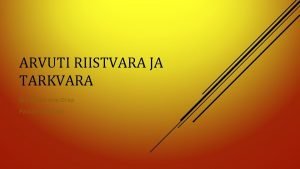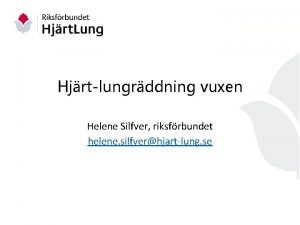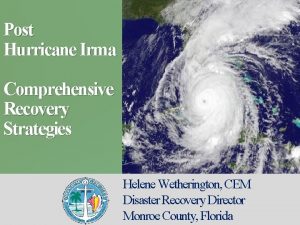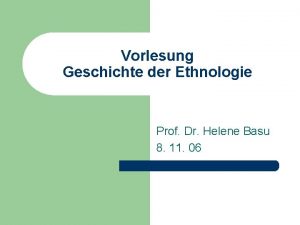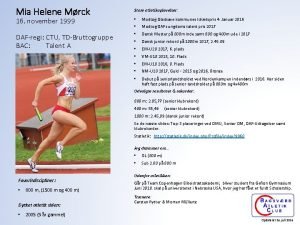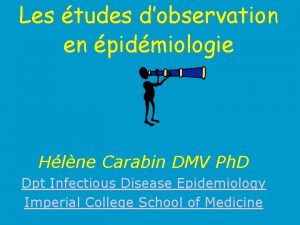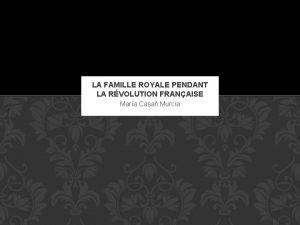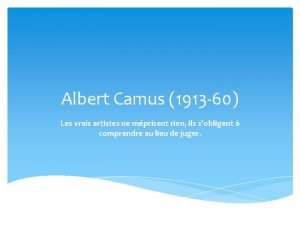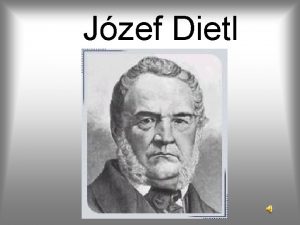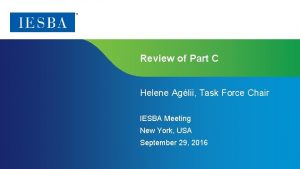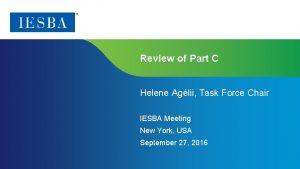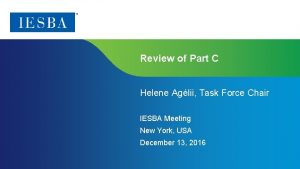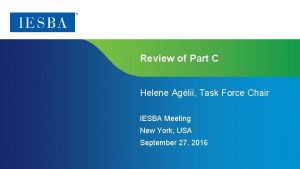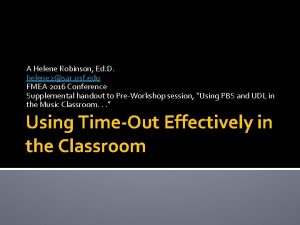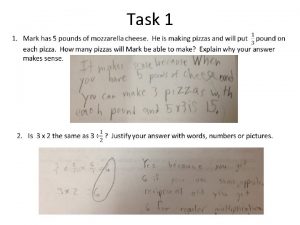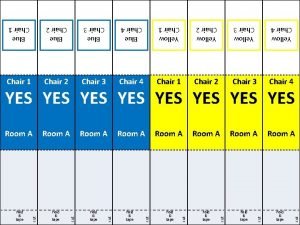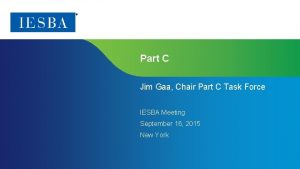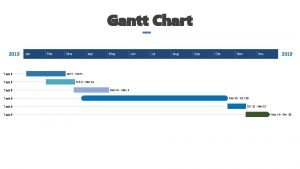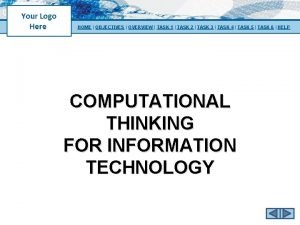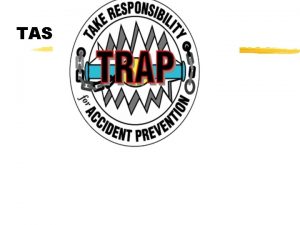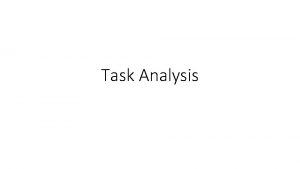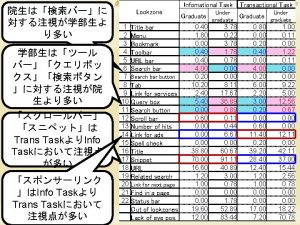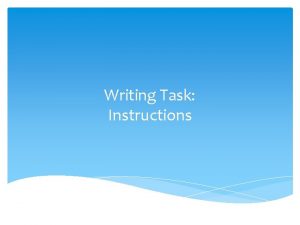Part C Helene Aglii Chair Part C Task





















- Slides: 21

Part C Helene Agélii, Chair Part C Task Force IESBA Meeting March 15, 2016 New York Page 1 | Proprietary and Copyrighted Information

Short Recap Ø Phase 1 of the project: • Focus on Sections 320 and 370 • Conforming changes in Sections 300, 310, 330 and 340 • Board approval of close-off document for Phase 1 at the November/December 2015 meeting Page 2 | Proprietary and Copyrighted Information

Short Recap Ø Restructuring text of Part C Phase 1 into new format Ø Phase 2: • The applicability of Part C to PAPPs • Section 350/Section 260 Page 3 | Proprietary and Copyrighted Information

Timeline • March 2016: First read of restructured Phase I • June 2016: IESBA to approve close-off Phase I document – Recommendations to Board re. applicability of Part C to PAPPs • Sept 2016: First read of Section 350/260 ED • Dec 2016: Approve Section 350/260 ED Page 4 | Proprietary and Copyrighted Information

Restructuring Phase 1 - Process • Part C final pronouncements amended based on the drafting guidelines • Guidance in extant Part B & Part C same/similar: – Followed Structure ED – Liaised with Structure Task Force to obtain feedback Page 5 | Proprietary and Copyrighted Information

Restructuring Phase 1 – General Changes • May/Might – highlighted in yellow • Threats and safeguards paragraphs: – Shaded in gray and potentially subject to further revisions – Safeguards-specific revisions will form part of the second Safeguards ED • Explanations of key changes in Agenda Item 5 -B Comments column Page 6 | Proprietary and Copyrighted Information

Restructuring Phase 1 – Specific Changes • Question 1 (p. 1): Footnote of definition of a PAIB – repeating definition of a PAIB • Question 2 (p. 17): Application placed before requirement • Question 3 (p. 24): No reference to CF as no mention of threats and safeguards in the section • Question 4 (p. 26): Removal of “who are responsible” – scope increased? Page 7 | Proprietary and Copyrighted Information

Restructuring Phase 1 – Specific Changes • Question 5 (p. 26): Guidance in bullet points – Include as requirement or separate application paragraph? • Question 6 (p. 28): Restructuring of extant 320. 3 – Create new requirement paragraph? • Question 7 (p. 46): No reference to CF as no mention of threats and safeguards in the Section Page 8 | Proprietary and Copyrighted Information

• General comments from the Board Page 9 | Proprietary and Copyrighted Information

Phase 2 – Applicability of Part C to PAPPs • Extant 200. 1 / 300. 1: - Two distinct parts of the Code, each focusing on a specific category of PAs and ethical issues related to that specific category of PA • Extant 100. 3 / 100. 12: – Indicate Part C is applicable to PAPPs Page 10 | Proprietary and Copyrighted Information

Applicability of Part C to PAPPs • Part C addresses internal and external situations for PAIBs • Part B addresses issues between PAPPs and their clients • Appears PAPPs might find Part C relevant. Otherwise could imply higher standard on PAIBs than on PAPPs Page 11 | Proprietary and Copyrighted Information

Applicability of Part C to PAPPs • Application of Part C to all accountants – Conflicts of Interest – Pressure – Inducements • Conclusion – Part C applicable to PAPPs at least in certain situations Page 12 | Proprietary and Copyrighted Information

Applicability of Part C to PAPPs • Option I: Duplicate applicable guidance in Part B: • Pro: No doubt which paragraphs applicable to PAPPs • Con: Requires time and resources to determine: – Which guidance is relevant – To which Section of Part B, if any, it corresponds to Page 13 | Proprietary and Copyrighted Information

Applicability of Part C to PAPPs • Option II: Amend/Clarify Definition of PAIB: • Pro: Requires minimal time and resources • Con: Blurs distinction between a PAPP and a PAIB Page 14 | Proprietary and Copyrighted Information

Applicability of Part C to PAPPs • Option III: Holistic Approach to the Code – change approach from a categorized perspective to a holistic one • Consider context of ethical issue and then consult relevant guidance, irrespective of which part of the Code that this falls within Page 15 | Proprietary and Copyrighted Information

Applicability of Part C to PAPPs • Holistic approach to the Code is the Task Force’s preference as it: – Ensures PAPPs consider guidance within Part C whenever necessary – Does not involve excessive amount of time and resources to implement – Not create an unwieldy Code due to the duplication of guidance Page 16 | Proprietary and Copyrighted Information

Applicability of Part C to PAPPs • Add introductory paragraph: Where a professional accountant in public practice is performing professional activities pursuant to the accountant’s employment or ownership relationship with the employing organization, for example a firm, there might be guidance in Part C that is applicable to those circumstances. If so, the accountant shall consult those provisions and comply with them. Page 17 | Proprietary and Copyrighted Information

Applicability of Part C to PAPPs • IESBA members are asked for their views about whether guidance in Part C, in certain circumstances, should be applicable to PAPPs Page 18 | Proprietary and Copyrighted Information

Applicability of Part C to PAPPs • If IESBA members feel that certain provisions in Part C should be applicable to PAPPs, do IESBA members agree with the Task Force’s planned approach for moving forward? • If not, why? Is there an alternate approach that the Task Force should consider? Page 19 | Proprietary and Copyrighted Information

Applicability of Part C to PAPPs If the IESBA members agree with the Task Force’s planned approach for moving forward, IESBA members are asked for their views on: (a) The Task Force’s suggested introductory paragraph (b) Where to position the introductory paragraph within the Code Page 20 | Proprietary and Copyrighted Information

The Ethics Board www. ethicsboard. org
 Tiered task bias task
Tiered task bias task Pps hélène et alain
Pps hélène et alain Helene chan
Helene chan Helene van caenegem
Helene van caenegem Helene felice
Helene felice Wanda helene ollep ema
Wanda helene ollep ema Hlr förbundet
Hlr förbundet Helene fuld health trust
Helene fuld health trust Helene wetherington
Helene wetherington Hélène ségara on ne dit pas
Hélène ségara on ne dit pas Helene melanie lebel
Helene melanie lebel Helene antonini castera
Helene antonini castera Helene basu
Helene basu Mia helene mørck
Mia helene mørck Hélène carabin
Hélène carabin Sophie hélène de bourbon
Sophie hélène de bourbon Helene dellucci trauma
Helene dellucci trauma Simone hié
Simone hié Dancing shoes helene schjerfbeck
Dancing shoes helene schjerfbeck Józef dietl helene zieterbarth
Józef dietl helene zieterbarth Helene heath
Helene heath Helene mac cory
Helene mac cory





